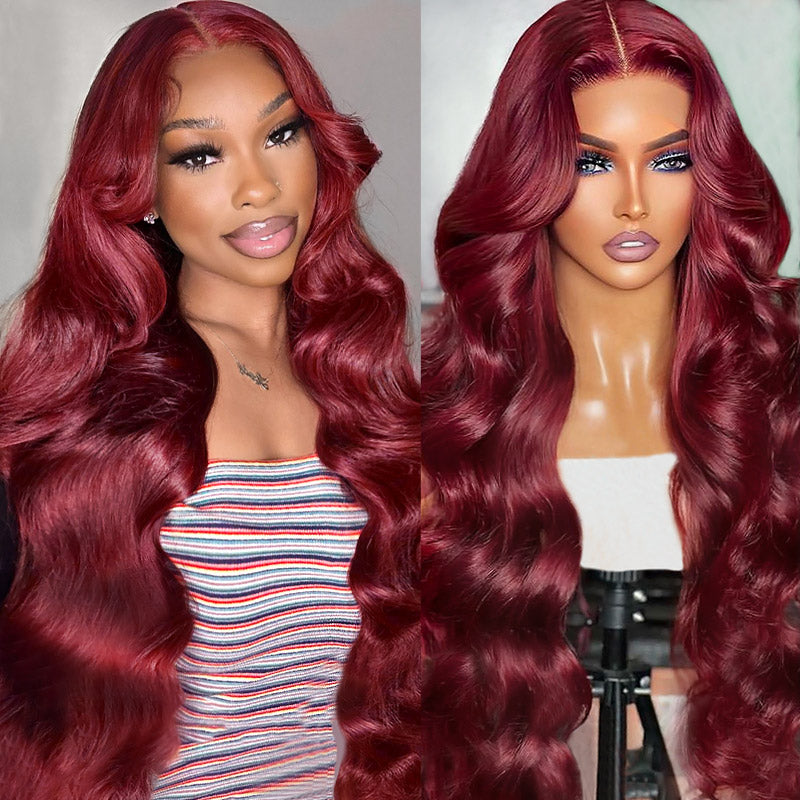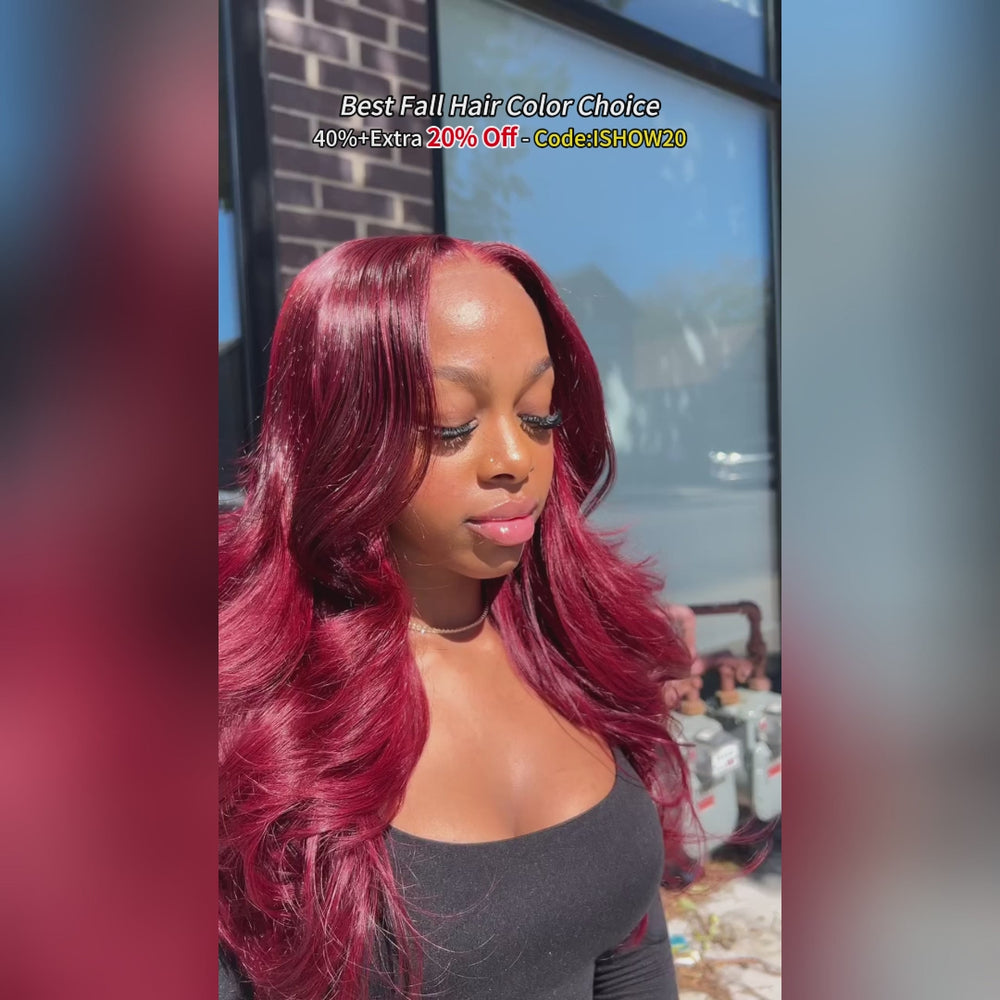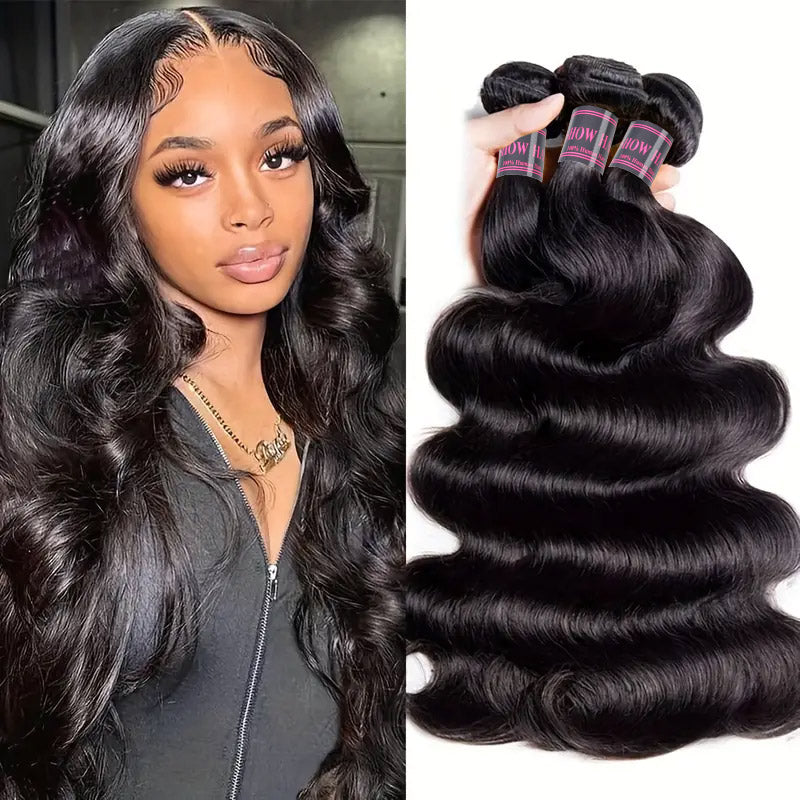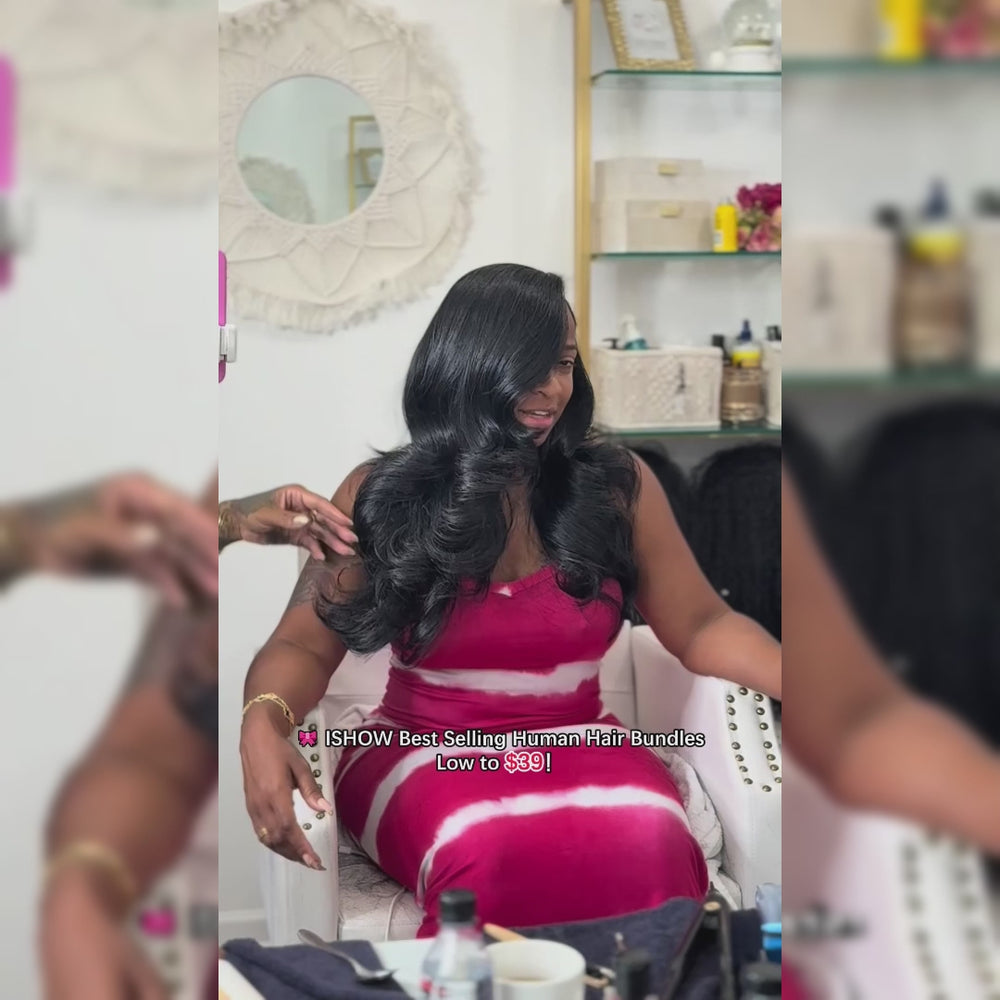Are Wigs Hot to Wear in the Summer?
Quick Answer
Yes, wigs can often feel quite hot and uncomfortable to wear during the summer months, especially in warm and humid climates. The lack of ventilation and the insulating nature of many wig materials trap heat and moisture against the scalp, leading to excessive sweating, irritation, and an overall unpleasant experience for the wearer.
Introduction
Wigs have become a popular accessory for many people, whether for fashion, convenience, or medical reasons. However, when the summer heat and humidity roll in, wearing a wig can sometimes feel like an uncomfortable and sweaty experience. While wigs offer versatility and style, the combination of high temperatures, increased perspiration, and lack of ventilation can leave wig wearers feeling hot, sticky, and irritated. In this article, we'll explore the challenges of wearing wigs during the summer months, discuss different wig materials and their heat tolerance, and provide practical tips and alternative solutions to help you stay cool and comfortable while still enjoying the benefits of wig wear.
The Discomforts of Wearing Wigs in Summer Heat
Wearing wigs during the hot summer months can pose significant challenges and discomforts for the wearer. The primary issue lies in the fact that wigs act as an insulating layer on the head, trapping heat and moisture against the scalp. This can lead to excessive sweating, irritation, and an overall unpleasant experience.
Trapped Heat and Moisture
Wigs, by their very nature, prevent proper ventilation and airflow to the scalp. As temperatures rise, the head generates more heat, which becomes trapped underneath the wig. Additionally, the lack of ventilation causes sweat and moisture to accumulate on the scalp, creating a warm and humid environment.
Excessive Sweating and Discomfort
The combination of trapped heat and moisture can lead to excessive sweating, causing the wig and the wearer's hair to become damp and uncomfortable. This dampness can cause the wig to feel heavy and sticky against the scalp, potentially leading to chafing or irritation. The constant sensation of warmth and dampness can be distracting and unpleasant, affecting the wearer's ability to focus and carry out daily activities comfortably.
Skin Irritations and Infections
The warm, moist environment created by wearing a wig in the summer heat can also promote the growth of bacteria and fungi on the scalp. This can lead to various skin irritations and infections, such as folliculitis (inflammation of hair follicles), fungal infections, or even heat rash. These conditions can cause itching, redness, and discomfort, further compounding the discomfort of wearing a wig in hot weather.
Effects of Humidity
In addition to high temperatures, humidity can also exacerbate the discomfort of wearing a wig during the summer months. Humid air can increase the moisture buildup under the wig, leading to a sticky and uncomfortable feeling. It can also cause the wig fibers to become frizzy or unmanageable, affecting the overall appearance and style of the wig.
While wigs offer convenience and versatility, the combination of heat, humidity, and lack of ventilation can make wearing them during the summer months a challenging and uncomfortable experience for many wig wearers.
Wig Materials and Their Heat Management Capabilities
The material composition and construction of a wig play a crucial role in determining its heat tolerance and breathability, ultimately affecting the comfort level experienced by the wearer during the sweltering summer months. Different wig types possess varying abilities to regulate temperature and moisture, making it essential to evaluate their suitability for warm-weather wear. The following table provides a comparison of common wig materials and their relative heat tolerance:

|
Wig Type |
Heat Tolerance |
Notes |
|
Synthetic Fiber Wigs |
Low |
Lack of natural porosity, traps heat and moisture against the scalp |
|
Human Hair Wigs |
Moderate to High |
Natural porosity allows airflow and moisture absorption, but quality and construction matter |
|
Lace Front Wigs |
Moderate |
Sheer lace base improves ventilation at the hairline, but heat tolerance varies based on other materials used |
|
Monofilament Wigs |
Moderate to High |
Mesh cap construction promotes breathability, but heat tolerance depends on overall wig density and materials |
Synthetic Fiber Wigs
Synthetic fiber wigs, crafted from materials such as polyester, acrylic, and nylon, are often more affordable and widely available options. However, these synthetic fibers lack the natural porosity found in human hair, which can hinder proper airflow and ventilation. As a result, synthetic wigs tend to trap heat and moisture against the scalp, leading to discomfort and potential scalp irritation.
While synthetic wigs offer advantages in terms of low maintenance and affordability, their inherent lack of breathability may render them less suitable for extended wear during hot and humid conditions. The trapped heat and moisture can exacerbate sweating, leading to an unpleasant and potentially uncomfortable experience for the wearer.
In contrast, human hair wigs possess superior heat tolerance and breathability compared to their synthetic counterparts. The natural porosity of human hair fibers facilitates airflow and moisture absorption, allowing for better temperature regulation and reducing the likelihood of excessive sweating.
However, it is essential to recognize that not all human hair wigs are created equal. Factors such as hair quality, construction techniques, and wig density can significantly impact the overall breathability and heat tolerance of a particular wig. Well-constructed, lightweight human hair wigs with strategically placed ventilation zones may offer a more comfortable and cooling experience during the summer months.
Extended Reading: Is Synthetic or Human Hair Wigs Better? A Comprehensive Comparison
Lace Front and Monofilament Wigs

Lace front and monofilament wigs, which feature a sheer lace or mesh base at the hairline, can provide enhanced ventilation and breathability compared to traditional wigs with a full cap construction. The sheer base allows for improved airflow, helping to mitigate heat and moisture buildup around the sensitive scalp area.
While these wig types offer improved ventilation at the hairline, it is essential to consider the construction and materials used in the remaining areas of the wig. Some lace front and monofilament wigs may still trap heat and moisture towards the back and sides of the head, potentially compromising their overall heat tolerance capabilities.
When selecting a wig for summer wear, it is imperative to consider the material composition, construction techniques, and overall breathability to ensure maximum comfort and minimize the discomforts associated with heat and moisture buildup. By evaluating these factors, wig wearers can make informed decisions and find the optimal solution for their individual needs during the warmer months.
Beat the Heat and Rock Your Wig with Confidence This Summer
With some simple strategies, you can beat the heat and wear wigs confidently all summer long! Don't let high temps cramp your style.
Stay Strong, and Play it Cool
Feeling overheated and uncomfortable can definitely put a damper on your day. But don't let the summer sweat get you down! With a little preparation and the right wig, you can power through the warmest months with your gorgeous look intact.
First, make sure you have the essentials - a high-quality wig made from breathable materials, a few wig liners, and some lightweight summer pieces to mix things up. Then, it's all about listening to your body and taking cooling breaks as needed.
If you start to feel that dreaded sweaty, sticky sensation coming on, don't tough it out. Take a wig intermission right away to give your scalp some air. Drape a cute printed scarf over your head or throw on a breezy sun hat when you need a break. Grab a cold drink and let that AC blast you for a bit.
The key is being proactive about prevention and not waiting until you're a sweaty mess to seek relief. With a little planning and self-care, there's no need to suffer through wig woes all season.
Embrace the Easy, Breezy Summer Vibes
For the hottest days, trade in that dense, full wig for some easy, breezy summer looks. A short, cropped wig in human hair can offer major heat relief. Or go totally wig-free and rock a chic turban or head wrap. Flowy, effortless styles are perfect for staying cool.
Don't be afraid to switch up your normal routines, either. If heavy makeup tends to melt off in the summer heat, give your face a break. Stick to lighter, heat-friendly products. The same goes for hair - skip the hot tools and tight 'dos that will have you sweating bullets.
Looking Ahead
With the right wig choices and ways to stay cool, you can enjoy the hot days while still looking fabulous.
Summer is the perfect time to play around with your style and try new looks. Go ahead and experiment! Whether you choose a fun, bright-colored wig or a more natural one, what matters most is that you feel confident wearing it. Stay positive and use these easy summer tips, and you'll be ready to rock this season in style. Enjoy the sunshine and have a great summer – with your favorite wigs by your side!











